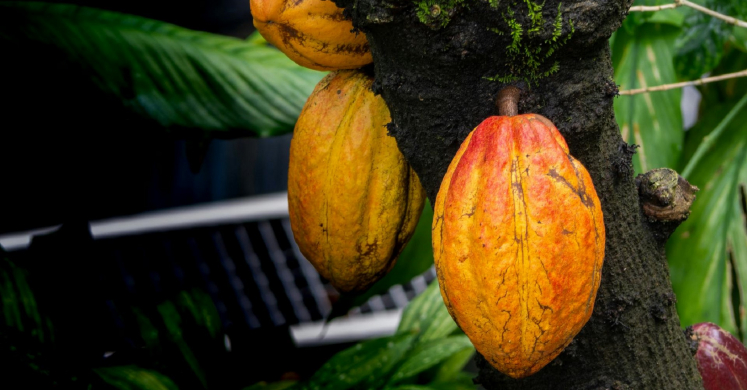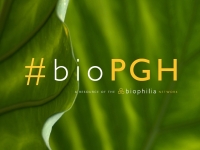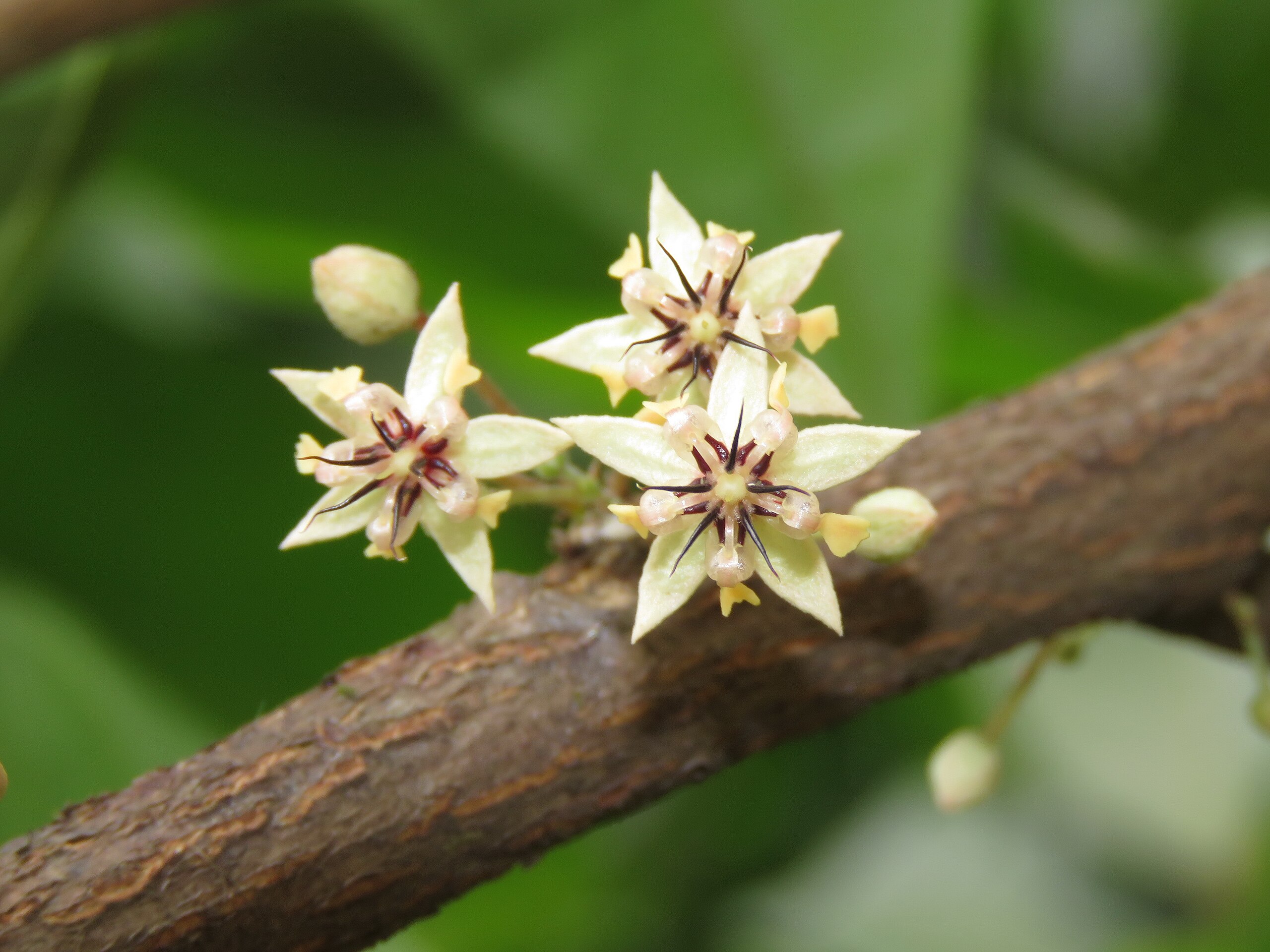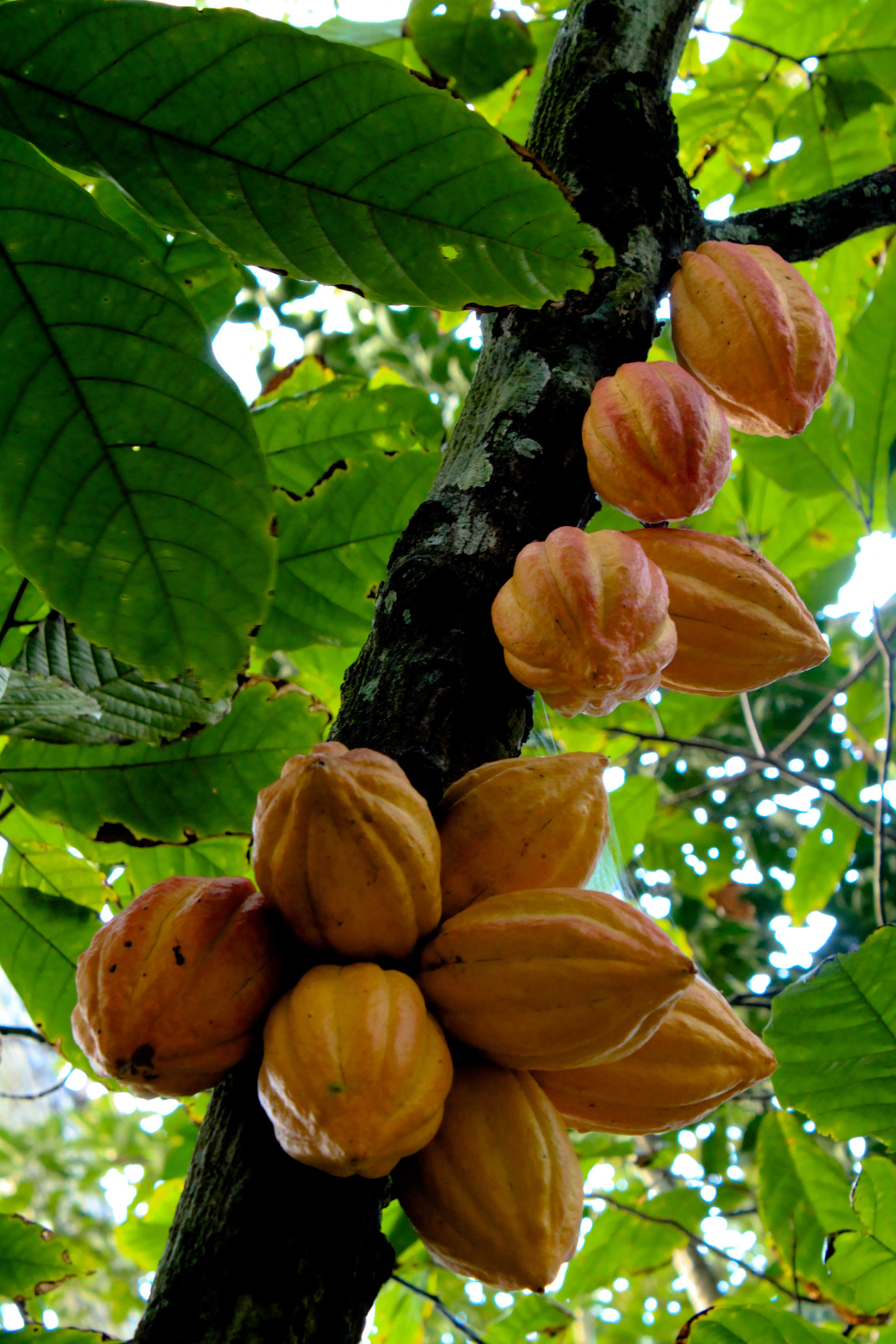Blog

#bioPGH Blog: Cocoa, Cacao, Yum Yum!
 A resource of Biophilia: Pittsburgh, #bioPGH is a weekly blog and social media series that aims to encourage both children and adults to reconnect with nature and enjoy what each of our distinctive seasons has to offer.
A resource of Biophilia: Pittsburgh, #bioPGH is a weekly blog and social media series that aims to encourage both children and adults to reconnect with nature and enjoy what each of our distinctive seasons has to offer.
Ahhh chocolate. Food of the gods. Whether the word chocolate brings to mind pictures of heart-shaped boxes of deliciousness, a cup of a spicy hot beverage, or a wonky factory full of the consequences of virtue and vice, chocolate is a popular treat worldwide, with annual global consumption sitting around 16 billion pounds. Here in Pennsylvania, we certainly may consume a fair bit of the tasty treat, but the plant from which it is derived, the cacao tree, is grown in tropical regions. In other words, it may not be local, but in honor of Valentine’s Day, would you like to explore the plant biology behind my favorite salad? (Cacao are beans, beans are culinary vegetables; sugar is from a grass, grass is green like lettuce; and milk is like…salad dressing. So it’s all a salad. Right? Anyway.)
Cacao, or Theobroma cacao, is a tropical evergreen tree in the Malvaceae family, along with plants like hibiscus, cotton, mallow, linden trees, okra, and hollyhocks. The tree itself is an understory plant, generally only reaching 35 feet in height; and wild cacao trees would have been found in tropical humid forests. The white and purple flowers of the cacao are lovely, but in an interesting departure from trees we are more familiar with in the US, the flowers grow directly on the trunk of the tree. Thus, when those flowers later produce the fruits, they also develop against the trunk!

Wikimedia user Vinayaraj CC-BY-SA-4.0

Wikimedia user Matadecacao CC-BY-3.0.
While it’s no secret that many of us modern folk love chocolate, cacao has been cultivated for at least 5300 years. Indigenous peoples of Mesoamerica, Central America, and South America bred and crossed different specimens, creating genetic varieties with an array of different flavor profiles. Cacao was highly prized by different cultures over time in this region, appearing in religious ceremonies, delicacies, and even serving a form of currency. In addition, different parts of the cacao tree, from the bark to oils to flowers to beans, appeared in ancient recipes for a variety of different health concerns and conditions. After a volent European colonization, many of these Central/South American medicinal uses began appearing in European medical tomes. There is still intrigue in the chemical properties of cacao beans, though – particularly theobromine, the bitter compound in chocolate (we often need sugar and milk to temper the bitterness). Intriguingly, some research suggests that theobromine works alongside the natural caffeine in chocolate to give it mood- and cognition-boosting effects. I’ll take it!
If we are talking about chocolate, we do have to mention that cacao tree is particularly vulnerable to climate change. Changing weather patterns have contributed to an increase in heat-stressed cacao trees and an increase in fungal disease – both of which negatively impact either the flavor of direct harvest of cacao. This also impacts the price of chocolate as growers are left with less crop. So if we love our chocolate, that is all the more reason to act on climate change!
Well as Valentines Day comes up, show some love to the planet and show some love to friends and family – with chocolate, if they are so inclined! And if you are interested in learning more about chocolate – I will be in the Serpentine Room this Saturday, Feb., 15, from 11 a.m. to 2 p.m. to talk about the plant biology of cacao! Come nerd out with me!
Continue the Conversation: Share your nature discoveries with our community by posting to Twitter and Instagram with hashtag #bioPGH, and R.S.V.P. to attend our next Biophilia: Pittsburgh meeting.
Photo Credits: Pexels, public domain

